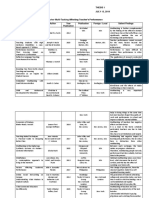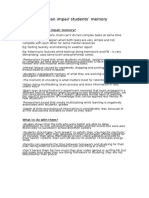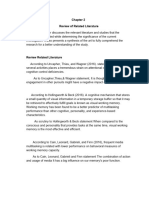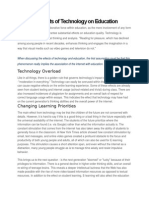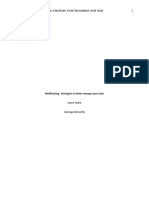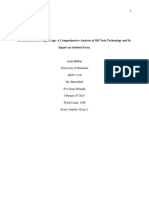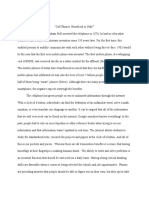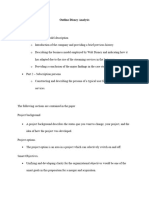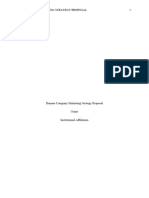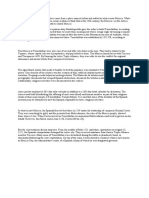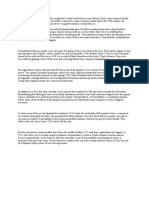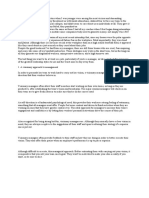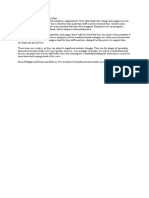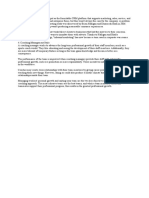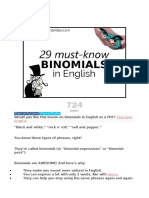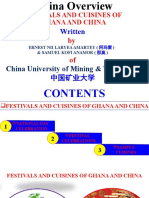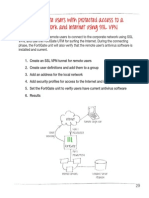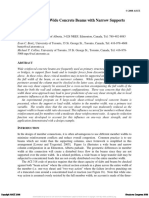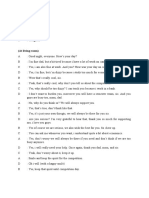0% found this document useful (0 votes)
30 views6 pagesMultitasking Paper
The document discusses the negative effects of media multitasking on students' learning, highlighting how technology has led to distractions that reduce learning efficiency and mental performance. It argues that multitasking divides attention, making it difficult for students to concentrate and hindering their creativity. The conclusion emphasizes the need for measures to manage media use among students to enhance their academic performance.
Uploaded by
Robert MariasiCopyright
© © All Rights Reserved
We take content rights seriously. If you suspect this is your content, claim it here.
Available Formats
Download as DOCX, PDF, TXT or read online on Scribd
0% found this document useful (0 votes)
30 views6 pagesMultitasking Paper
The document discusses the negative effects of media multitasking on students' learning, highlighting how technology has led to distractions that reduce learning efficiency and mental performance. It argues that multitasking divides attention, making it difficult for students to concentrate and hindering their creativity. The conclusion emphasizes the need for measures to manage media use among students to enhance their academic performance.
Uploaded by
Robert MariasiCopyright
© © All Rights Reserved
We take content rights seriously. If you suspect this is your content, claim it here.
Available Formats
Download as DOCX, PDF, TXT or read online on Scribd
/ 6







